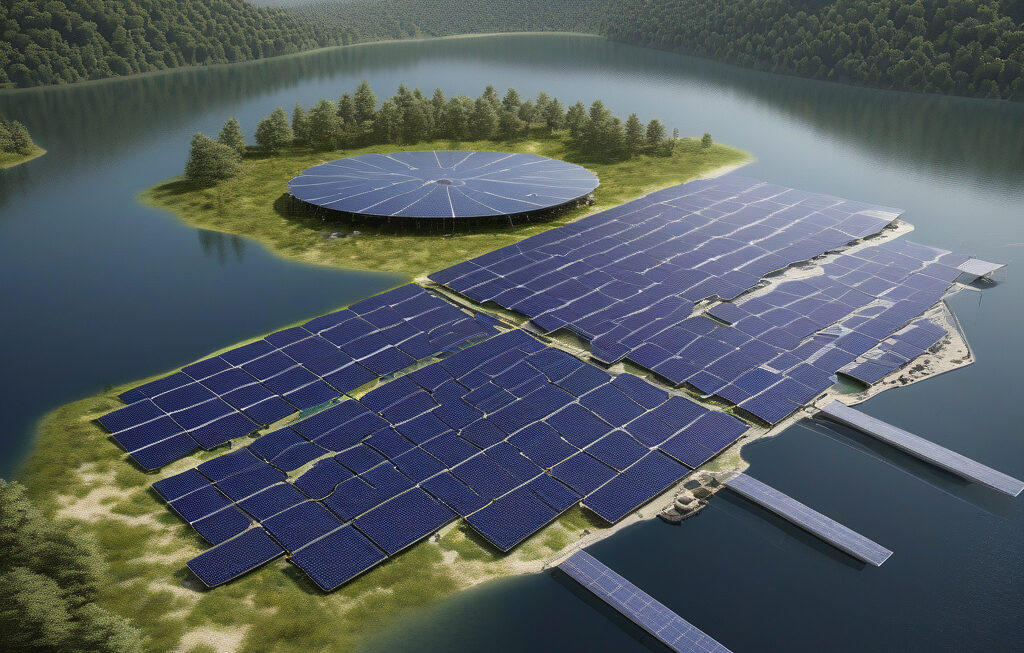China Develops Radical New Material to Fix Fragile Layer in Perovskite Solar Cells
Perovskite solar cells promise to revolutionize clean energy, but fragile materials and finicky fabrication have posed significant challenges to their widespread adoption. Enter China, with a groundbreaking solution that could potentially change the game for this promising technology.
Researchers in China have developed a radical new material that addresses the fragility of the perovskite layer in these solar cells. This layer is crucial for efficient energy conversion, but its instability has been a major roadblock in commercializing perovskite solar technology. By creating a more robust material to replace the fragile layer, Chinese scientists have overcome a significant hurdle in the development of these cells.
The new material not only enhances the stability of the perovskite layer but also improves the overall performance of the solar cells. With this innovation, the efficiency and durability of perovskite solar cells are expected to increase significantly, bringing us closer to a future powered by clean and renewable energy.
This breakthrough is a testament to China’s commitment to driving innovation in the renewable energy sector. The country has been heavily investing in research and development to accelerate the adoption of clean energy technologies, and the success of this new material is a clear indicator of China’s leadership in the field.
The implications of this advancement are far-reaching. Perovskite solar cells are lightweight, flexible, and potentially more cost-effective to produce than traditional silicon-based solar panels. With the added stability provided by the new material, these cells could soon become the go-to choice for powering everything from residential homes to large-scale solar farms.
In addition to boosting the efficiency of solar energy generation, the development of this new material also signals a shift towards more sustainable practices in the energy sector. As the world grapples with the climate crisis, innovations like these are crucial for reducing our reliance on fossil fuels and mitigating the impact of global warming.
Moreover, the success of China’s research efforts in this area highlights the importance of international collaboration in driving technological advancements. By sharing knowledge and resources across borders, scientists and innovators can accelerate the pace of innovation and bring about solutions to some of the most pressing challenges facing our planet.
As we look to the future of clean energy, it is advancements like the one made by Chinese researchers that give us hope for a more sustainable tomorrow. With continued investment in research and development, as well as a commitment to collaboration and innovation, we can overcome obstacles and pave the way for a greener, more sustainable future powered by renewable energy sources.
In conclusion, China’s development of a radical new material to fix the fragile layer in perovskite solar cells marks a significant milestone in the advancement of clean energy technologies. With this breakthrough, we are one step closer to harnessing the full potential of perovskite solar cells and transitioning to a more sustainable energy future.
#China, #PerovskiteSolarCells, #RenewableEnergy, #CleanTech, #Sustainability












